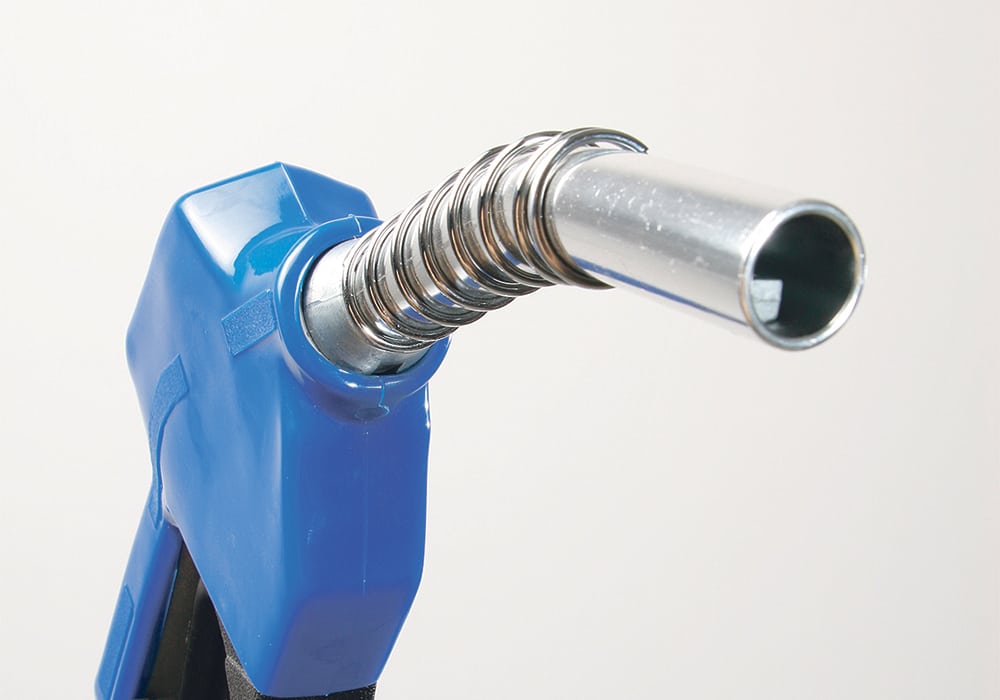Environment Canada is scheduled to release details of its proposed clean fuel standard this week.
It is holding meetings with stakeholders in Ottawa, where it will disclose particulars, such as what share of the 30 million tonne reduction in carbon emissions by 2030 will be allocated to each fuel stream.
“That’s something that people have been waiting a long time for,” said Ian Thomson, president of Advanced Biofuels Canada.
The biofuel sector hopes that the lion’s share of the emission reductions will be allocated to the liquid fuel stream.
Read Also

Using artificial intelligence in agriculture starts with the right data
Good data is critical as the agriculture sector increasingly adopts new AI technology to drive efficiency, sustainability and trust across all levels of the value chain.
It would like to see two-thirds, or 20 million tonnes, allocated to liquid fuel with the remainder going to gaseous and solid fuels.
Thomson estimates 80 percent of the liquid fuel stream is transportation fuel, and that is where biofuel can play a major role in emission reductions because it is one of the most readily available and least-costly options on the market.
“Pretty much everybody agrees biofuels are going to have to be a pretty big part of the reduction,” said Thomson.
He believes the clean fuel standard will result in up to a four or five-fold increase in ethanol and biodiesel consumption in Canada.
“Some of that will come from imports, there is no doubt about that,” said Thomson.
The federal government’s original intent was to publish draft regulations for the standard by late 2018, but the timelines have been pushed back.
“Environment and Climate Change Canada recognizes the need for additional time to work with interested parties to conduct robust technical and economic analysis to ensure that the clean fuel standard achieves its goal while maintaining Canadian competitiveness,” the government said in a July news release.
The new timeline is to publish proposed regulations for liquid fuel in the spring of 2019 and final regulations in 2020, with the requirements coming into force in 2022.
Proposed regulations for gaseous and solid fuel will be published in the fall of 2020 with final regulations in 2021 and the requirements coming into force in 2023.
Thomson said the biofuel sector is disappointed by the delay. He said Ottawa realized its proposed standard is incredibly ambitious because it involves all sectors and all fuels.
“No one has done that before,” he said.
Thomson is pleased Ottawa has decided to separate liquid fuel from gaseous and solid fuels and to develop that standard first. It is something Advanced Biofuels Canada had lobbied for.
He believes the solution for the liquid fuel stream comes down to electric vehicles, biofuel and renewable natural gas.
“The bulk of the reductions are going to come from biofuels,” he said.
















